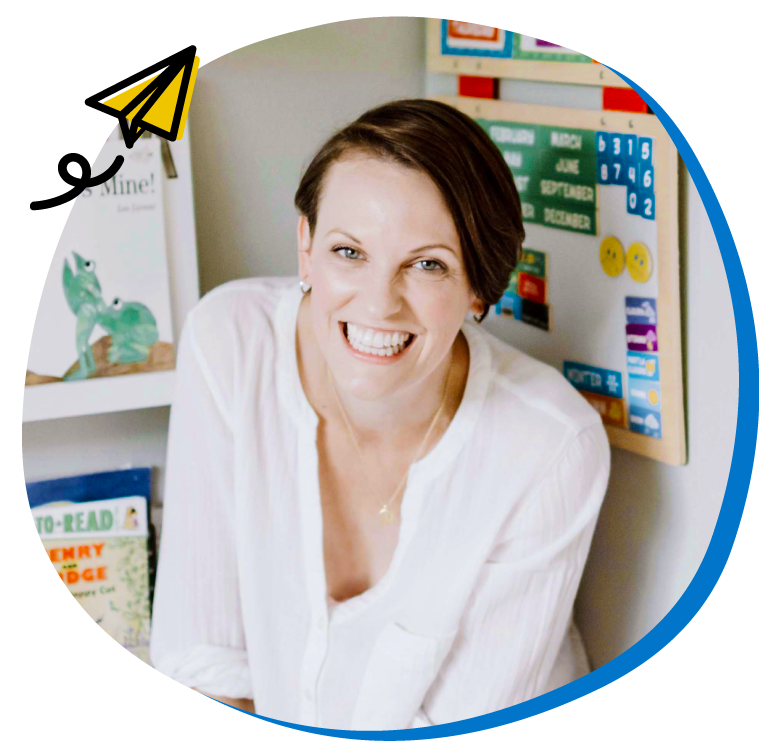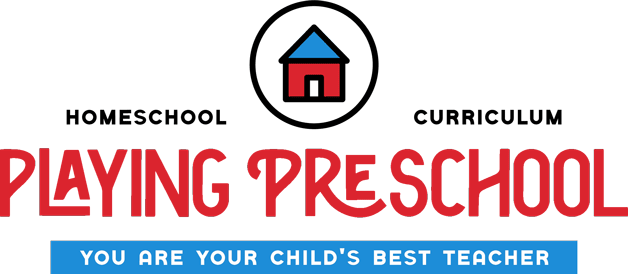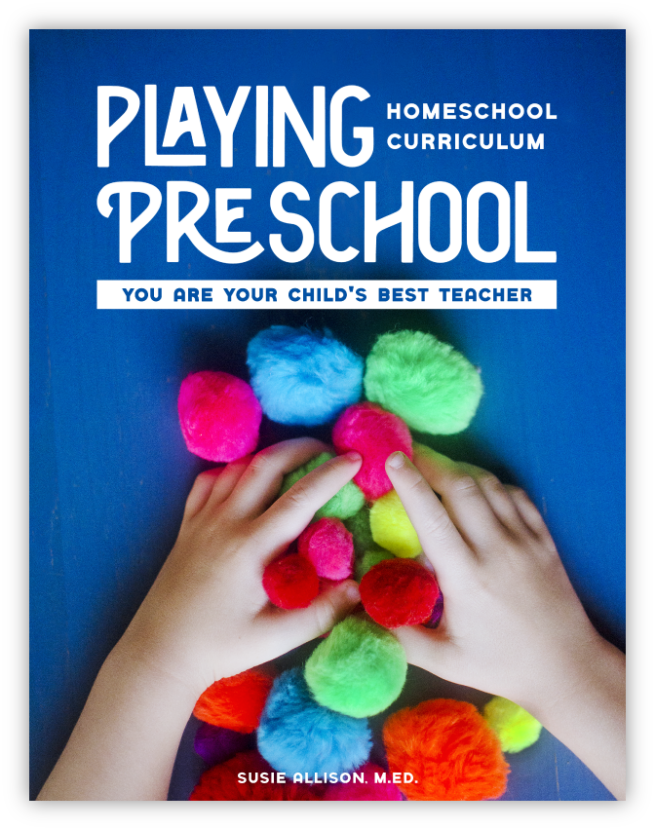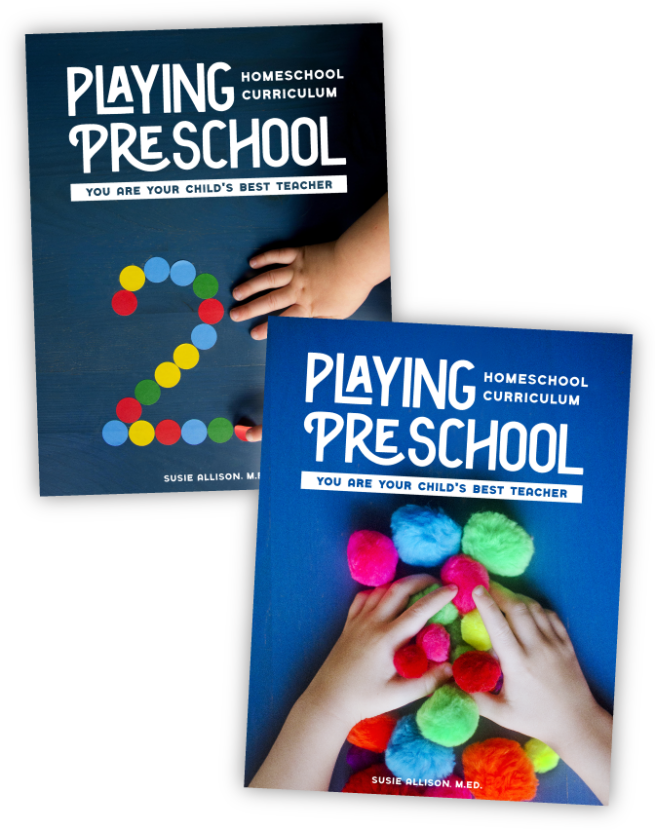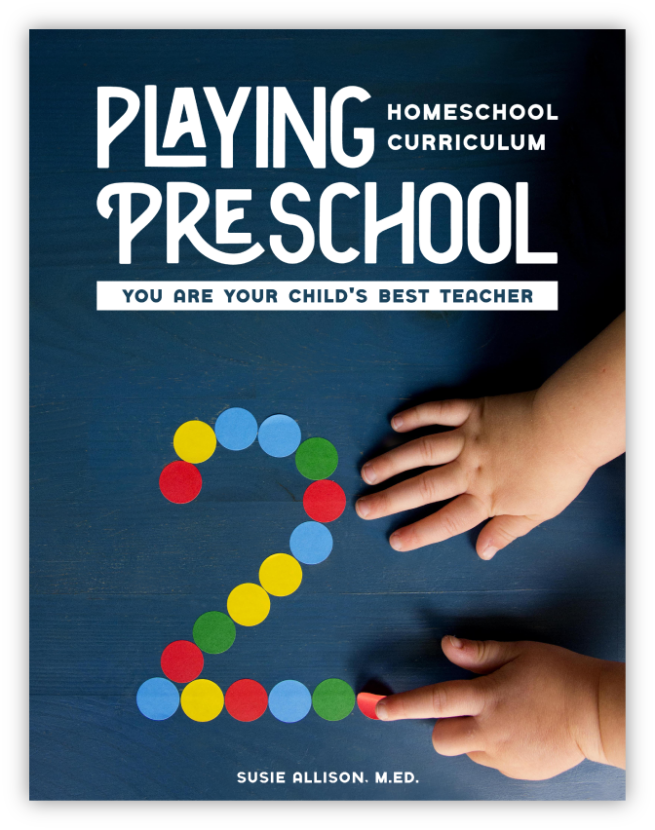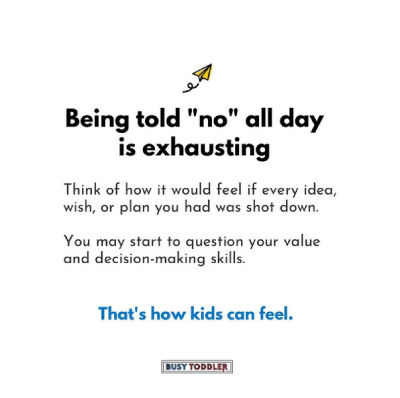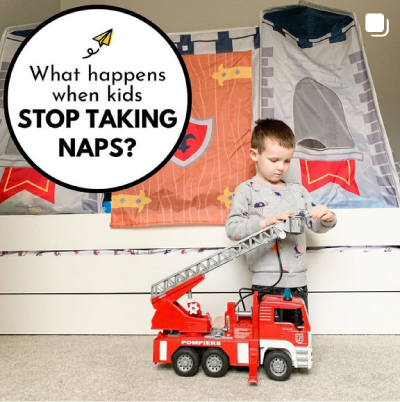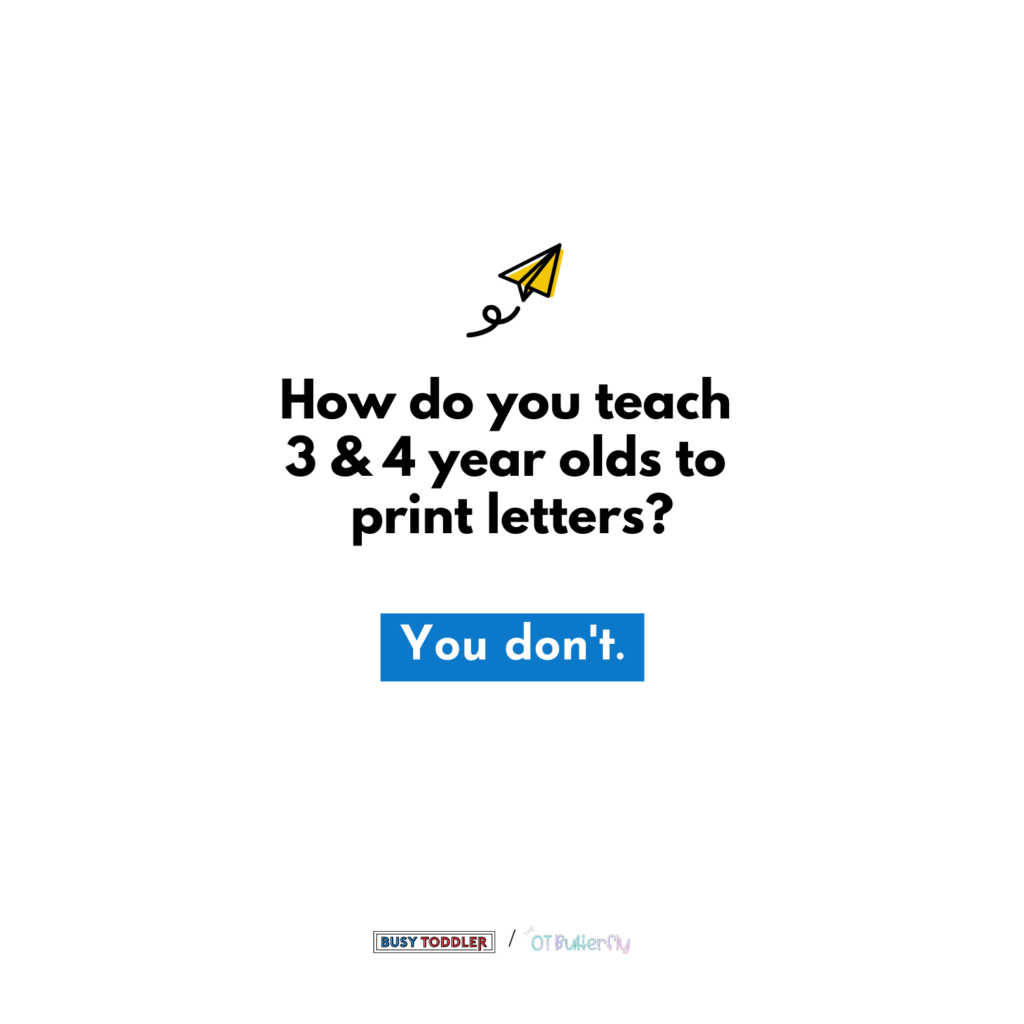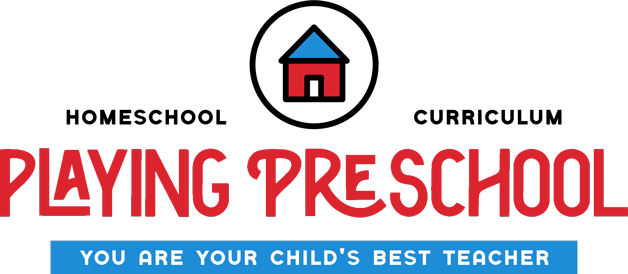Frequently Asked Questions
Welcome to my FAQ page about Playing Preschool! I’m so happy you’re thinking about my program and considering it. Remember, I’m always here to help and support so don’t hesitate to reach out via email at [email protected].
Is Playing Preschool a book or an ebook?
Playing Preschool is an ebook and the files are PDFs. The files will be delivered to your email address immediately after checkout. They will be listed on the bottom of your receipt as well.
The downloads for Playing Preschool do not expire.
Do you sell a hard copy?
I don’t. It’s more cost-effective to sell the program as a digital download. This also allows me to offer the program worldwide. You are permitted to print one copy of Playing Preschool for your use.
For online print shops, check out:
- Watson Family Press (code: BUSY10 for 10% off*)
- The Homeschool Printing Company
- Family Nest Printing
- Barnes and Noble Press
- Lulu xPress Printing
Print in black and white, lightest weight paper, and double sided. I also have mine spiral bound on the long edge.
*Not an affiliate code, just a very generous offer.
Help! I can’t find my program!
No worries – it’s easy to locate.
Head to playingpreschool.com/my-account and login with the same email you used at checkout. Your files are waiting for you under “downloads.”
If this does not work, please email [email protected].
Where are my files? I didn’t get an email.
Oh no – I’m so sorry. Files are emailed to you immediately at check out and attached to your receipt. Sometimes those emails go to spam. You can also find the files at playingpreschool.com/my-account and login with the same email you used at checkout. Your files are waiting for you under “downloads.”
If the website still does not recognize your username, it means there’s probably a spelling error with your email address in my system. Happens all the time and it’s a quick, easy fix. Email [email protected]
How do I print Playing Preschool?
I strongly suggest looking at online options for printing the program, rather than a chain copying center (which I’ve seen quotes as high as $160!). If you do have to use a big box store, make sure to follow my suggestions (below) and also do a quick Google search for a promo code.
For online print shops, check out:
- Watson Family Press (use code BUSY10 for 10% off)*
- Family Nest Printing
- The Homeschool Printing Company
- Barnes and Noble Press
- Lulu xPress Printing
Print in black and white, lightest weight paper, and double sided. I also have mine spiral bound on the long edge.
*Not an affiliate code, just a very generous offer
Can I try a free sample?
Yes! Of course! Please download Year 1, Unit 1 Apples to try the first five-days of Playing Preschool.
As you glance through this, I do want to remind families especially with older children that this program gets progressively more challenging and complicated as the year rolls on. The first unit, much like the first two weeks of traditional school, are the simplest as we work to establish routines and familiarity, before focusing on new learning.
What is the age range for Playing Preschool?
The age range is broad: from 2.5 to 5 years old.
Here’s why: this is an open-ended program, meaning that children can be asked the same questions, but answers will vary based on their development. Unlike workbooks and computer programs, Playing Preschool works for a wide range of developmental levels because of this technique.
For example, a three-year-old and a five-year-old will answer the question “Why do you think an apple is round?” in different ways based on developmental level. An open-ended program, like Playing Preschool, allows for variations and child-led learning as opposed to fill-in-the-blank or multiple choice learning.
Can I start before age 2.5?
I set the earliest starting age at 2.5-years-old for several developmental reasons.
At 2.5, there are some big leaps in communication and motor skills. For the program to be a success, the child needs at least a 5-10 minute attention span, to be able to ask and answer questions thoughtfully, and to start a task and see it through to completion. They also need their own life experience and background knowledge in place to make sense of the new information being shared. Playing Preschool also a lot of fine motor skills needed to make the activities work.
When we think about a child and age differences, consider the difference six months makes from a child being 18 months old to being 2 years old. That same kind of giant leap happens between 2 and 2.5.
Alternatively, remember that 2.5 is the earliest I recommend starting, but that doesn’t mean 2.5 is the right starting place for all kids. When I wrote the program, my daughter was 2.5. She did great. She had a ball. Years later my youngest was no where close to ready at 2.5-years-old. I waited to start until closer to 4-years-old with him because earlier doesn’t mean better with kids – look at each child individually to find their right path.
Does Playing Preschool work for children with a speech delay or communication concerns?
First, I’m not an SLP (but I have a huge amount of respect for them). I’ve had several audit this program and spoken to many about how to effectively use Playing Preschool with children that have speech concerns.
This program is rich with language. Use it as a chance to introduce vocabulary different from regular life and to model language skills to your child. Show them how to make predictions and ask/answer questions. “I wonder why Rainbow Fish is so sad.” “What will happen if Rainbow Fish starts giving away his scales?… I think he might make the other fishes happy.”
For certain children, this can be a way to scaffold them into taking the lead on questions. For others, it’s about hearing this language, phrasing, and word choice that isn’t typical in day-to-day life.
This program expands and gives another avenue to your child’s continued speech growth. But as with all things, check with your child’s SLP first (show them the free sample of week 1) and get their opinion for your specific child.
My child is 4 and knows their letters. Can I skip Year 1?
I always recommend starting with Year 1, no matter what. I was a kindergarten teacher and I wrote Year 1 from that lens.
I started by determining my “wish list” skills that kids would enter kindergarten with, and that list ended up full of thinking skills, rather than memorized skills like the ABCs or counting. I built a program that goes beyond memorized learning and into these so-called “thinking skills” as well as exposing kids to a breadth of background experiences and knowledge that are critical.
Playing Preschool Year 1 is filled with skills for kids that transcend multiple subject areas, like sorting (which is used in reading, math, and science). I never dreamed I’d write a Year 2 (that just sort of happened). My goal was Year 1 as a way to set kids up for success into Kindergarten.
I also wrote Year 1 when my oldest was age 4+. At that time, he knew all his letters, numbers, and could read numbers to 1000. He was well into addition and even beginning to toy with repeated addition aka multiplication. But I wrote this program to take him deeper into his learning and help him develop rich skills, because I knew as a teacher that memorizing facts is actually a really low level/basic skill. Sure, it’s fun that he could memorize quickly, but I wanted to see him doing more with his learning.
During Year 1, Playing Preschool focuses on sorting and classifying data, reading a graph, conceptual understanding of numerals, addition and subtraction, understanding the various uses of numbers beyond counting, recalling key details, retelling information in sequence, non-standard forms of measurement, predicting, and understanding cause and effect. Year 2 expands on the work a child did in Year 1. Without it, Year 2 can feel bulky and clunky.
The open-ended activities (many of which I pulled straight from my kindergarten and first grade classrooms) allow kids to explore, create, imagine, evaluate, and build their knowledge with their hands. I also added extensions into the program as simple ways to “up the challenge” for children who are ready for that.
I have siblings a few years apart. Which program should I use?
Year 1 is especially successful with siblings. My kids were 2.5 and 4 when I wrote the program.
Because it’s open-ended, Playing Preschool works beautifully in a multi-age home. With open-ended learning, the children can be asked the same question but will come up with vastly different answers. They’ll also investigate and come at activities differently. When you ask a two-year-old, “Why is an apple round?”, the answer will be so different from a 4 or 5 year old, but the learning is still there… it just looks different.
Year 1 is absolutely perfect for siblings starting out together.
How do I find all the books?
It can be hard to find exact the same books I mention in the program, and buying them all is expensive. That’s why I wrote this program with book suggestions. I know we won’t all be able to find the same books, so only in a few specific lessons does a suggested book totally align with an activity.
The vast majority of books can be swapped for other books in that genre/topic. Any book on apples will work for the apples unit. The goal is to introduce new books and different topics to our kids.
View this additional list of suggested books: Happily Ever Elephants is an elementary librarian. She created additional book lists/suggestions for each unit in Playing Preschool Year 1.
Is Playing Preschool religion-based?
No, Playing Preschool is a secular homeschool program. It doesn’t align with any religion, but is flexible and easyily adaptable to meet your families values.
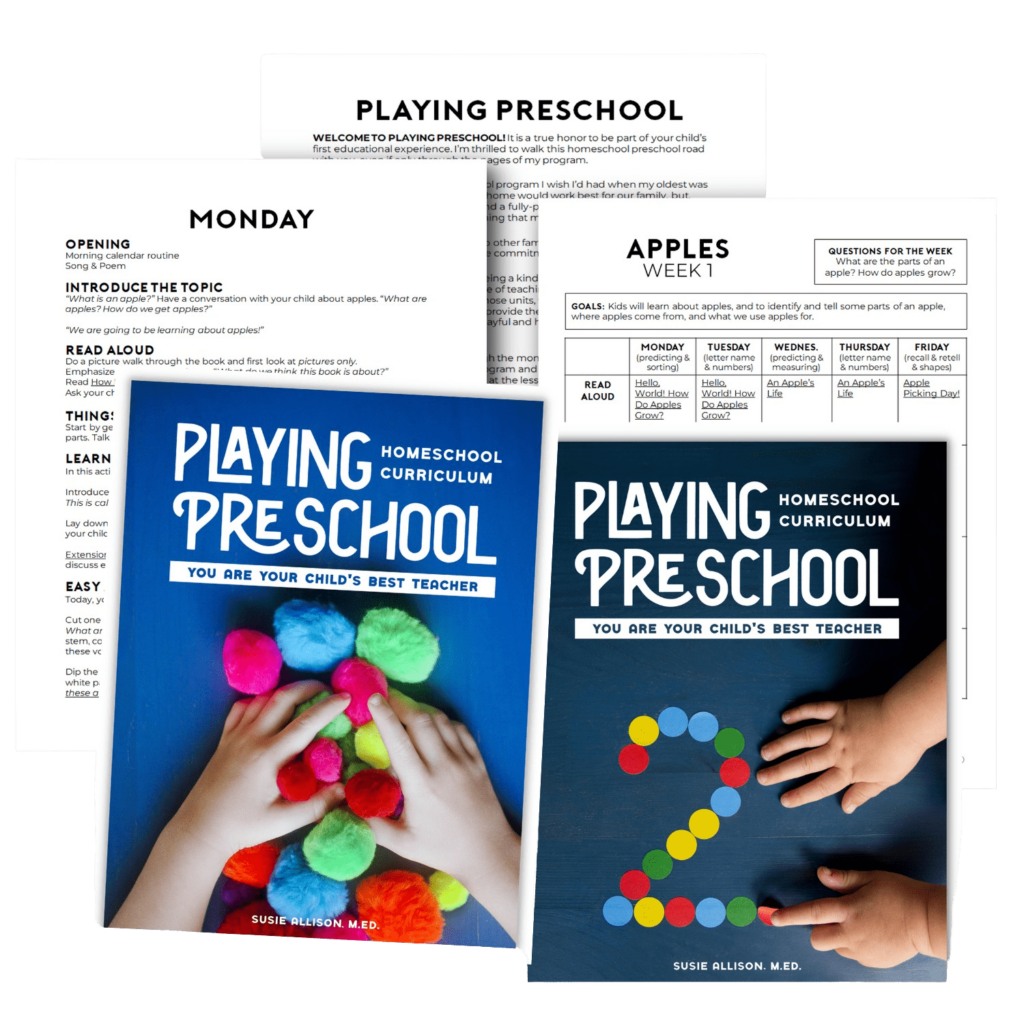
Sample playing Preschool

Buying a preschool program for your child (and family) is a big decision. Instead of hoping this program will be right, try it for 5 days.
Use the free homeschool curriculum sample of Year 1, Week 1 to see how Playing Preschool looks and feels with your family.
Author Susie Allison, M. Ed.
Susie Allison is a former kindergarten and first grade teacher with a Master’s Degree in Early Childhood Education. She’s also the creator of Busy Toddler with more than 2 million followers on Instagram, and the author of “Busy Toddler’s Guide to Actual Parenting.” In Playing Preschool, Susie blends her unique views on parenting, teaching, and learning into this one-of-a-kind homeschool program.
